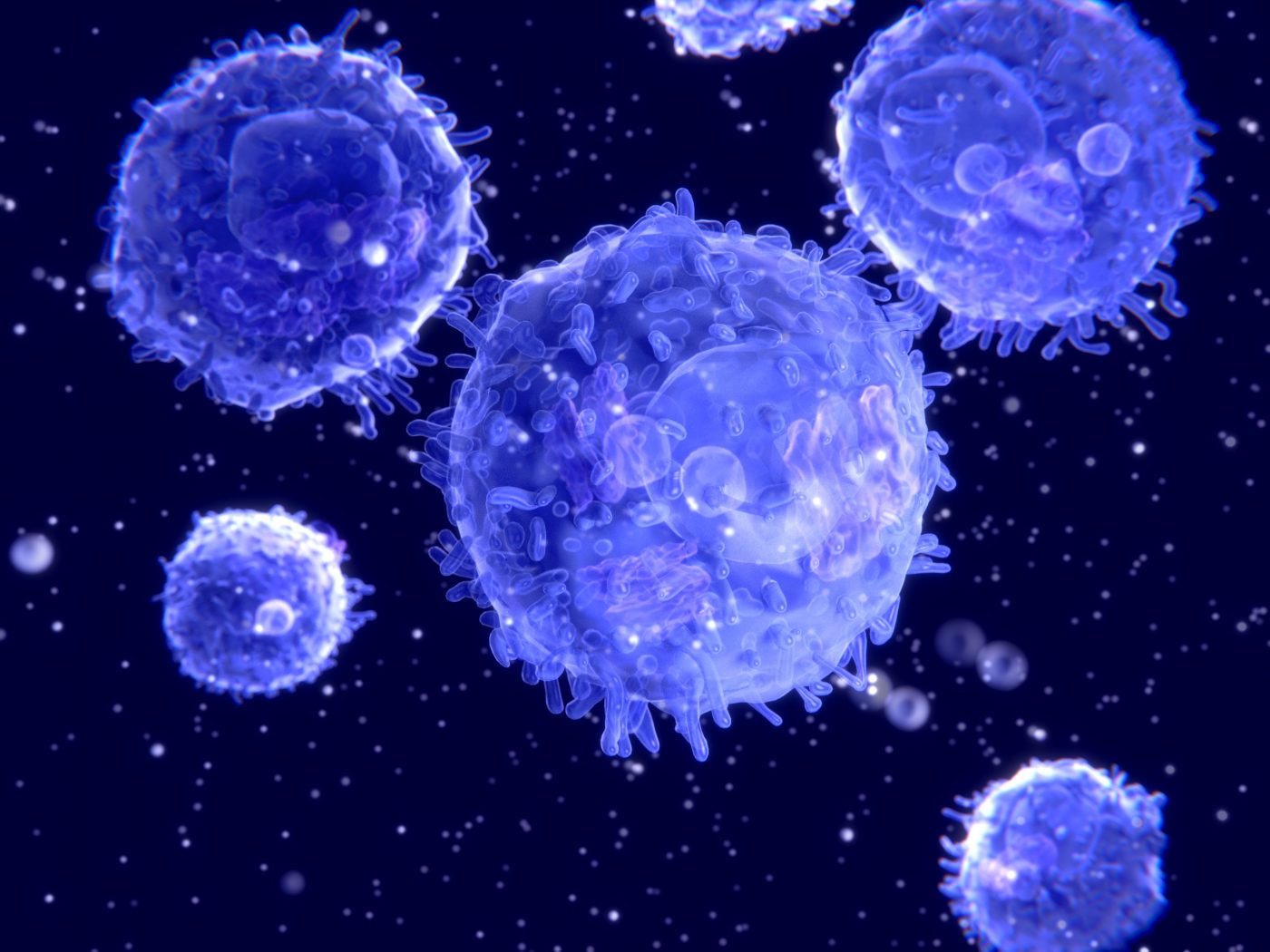Molecule Drives Activation of Key Cells in Scleroderma, Study Reports

A long RNA molecule called HOTAIR is produced in excess in people with scleroderma and controls the activation of myofibroblasts, key cells in the progression of this disease, according to a study.
The finding expands the understanding of how to target biological drivers of scleroderma, and offers a potential explanation for why skin fibrosis (scarring) begins in the hands and feet.
The study, “Long non-coding RNA HOTAIR drives EZH2-dependent myofibroblast activation in systemic sclerosis through miRNA 34a-dependent activation of NOTCH,” was published in the journal Annals of the Rheumatic Diseases.
As their name implies, long non-coding RNA molecules (lncRNA) do not produce any protein. Rather, they regulate the production of other proteins. Research has shown that HOTAIR (HOX transcript antisense RNA) increases the production of a protein called Notch1, which causes cells called fibroblasts to turn into the myofibroblasts.
The number of myofibroblasts in living tissue correlates with the severity of the disease. Myofibroblasts produce certain components of the extracellular matrix (ECM), particularly alpha smooth muscle actin (alpha-SMA), which is a defining marker of these cells. The ECM is the “glue” that binds cells together.
Overproduction of ECM components — as occurs in scleroderma — results in systemic fibrosis, characterized by the buildup of connective tissue on the skin and internal organs, such as the lungs, heart, and intestines. Over time, this scarring causes significant damage to organs.
Using skin fibroblasts collected from the forearms of 12 adults with scleroderma, researhers in the U.S. and U.K. identified a chain of events induced by overactive HOTAIR that resulted in profibrotic cell types.
Results showed that HOTAIR works by activating another protein called EZH2. In turn, EZH2 suppresses the production of a microRNA (miRNA) called miRNA-34a. Similar to lncRNAs, miRNAs are small RNA molecules that do not code for a protein, but control the production of other proteins.
Normally, miRNA-34a keeps production of Notch1 to a minimum. However, once this RNA molecule is silenced inside fibroblasts, Notch1 induces cell differentiation into myofibroblasts, which produce characteristic proteins of scleroderma — such as collagen type 1 and alpha-SMA.
HOTAIR and EZH2 are both highly active in the hands and feet, which might explain why scleroderma develops there first.
The overactivation of HOTAIR seen in cell culture was also seen in skin biopsies. In scleroderma patients, HOTAIR levels were more than 100 times higher than in healthy people.
Although the researchers were unable to determine exactly how HOTAIR becomes overactive, the molecular pathway they uncovered provides several potential new targets for future therapies.
“[O]ur data show that HOTAIR is overexpressed in SSc [scleroderma] fibroblasts, and this overexpression is important for myofibroblast activation,” the scientists wrote.
“In addition, our data may offer a potential explanation of why skin fibrosis in patients with SSc starts in the hands and feet which are regions with a physiologically higher expression of HOTAIR in dermal fibroblasts,” they said.






